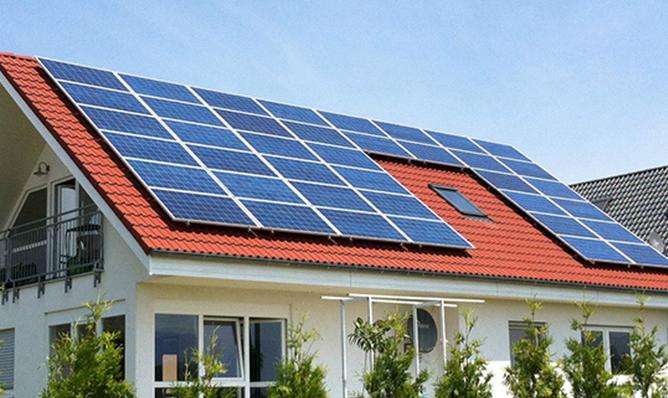There are many reasons for this. If the wind speed is relatively small, near the cut-in wind speed of the wind turbine, due to terrain reasons, the wind speed will be different in local areas, and this situation will occur. In addition, if the unit fails and someone repairs it, it will stop. Also, the power grid company imposes power generation load restrictions on the power plant. For example, the wind is relatively strong now and it can generate 50,000 degrees per hour, but they only allow you to generate electricity per hour. With 20,000 kilowatt-hours of electricity, the unit will be shut down and the wind turbine will not rotate.
It is possible, but it will not be so stable, and the output voltage will change with the change of the wind. When the wind is strong, the voltage is high. When the wind is small, the voltage is low. If the electrical appliances used do not have high voltage requirements, it is possible. However, for electrical appliances with high voltage requirements (such as computers and other electrical appliances), it is not possible. In this way If you use it as usual, it will damage the electrical appliances! You should pay attention to this!
Answer to your additional questions: First of all, the premise of voltage and current stabilization is that voltage stabilization can only be achieved when the power supply is large enough! When the power generated by wind power is not enough (the wind is low), the voltage cannot be stabilized! The stability of wind power generation is not so continuous! Even if a voltage and flow stabilizing device is added, the effect is still not satisfactory! The voltage and current stability of the intermediate link of the battery is the best, so it’s better not to remove it! It can be used when the wind power is insufficient (when the wind is small), and the insufficient power can be temporarily provided by the battery














